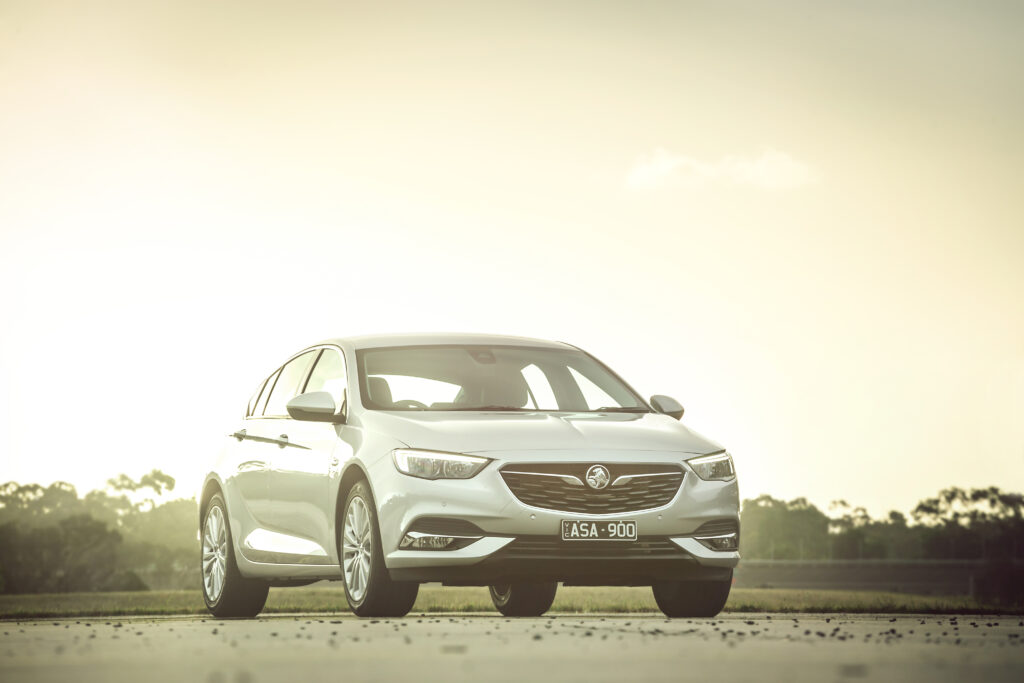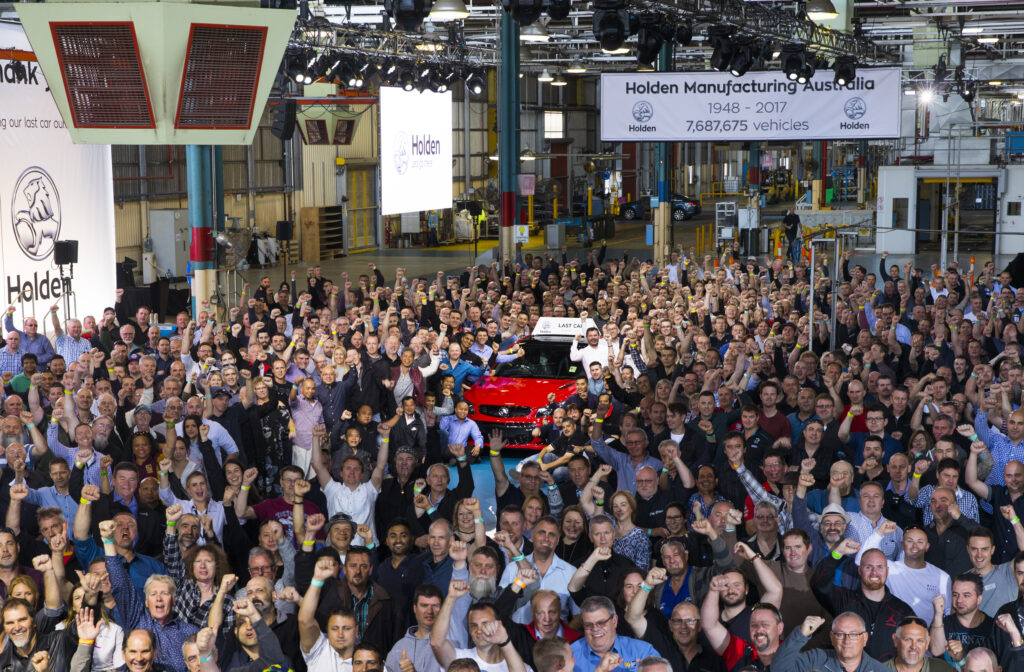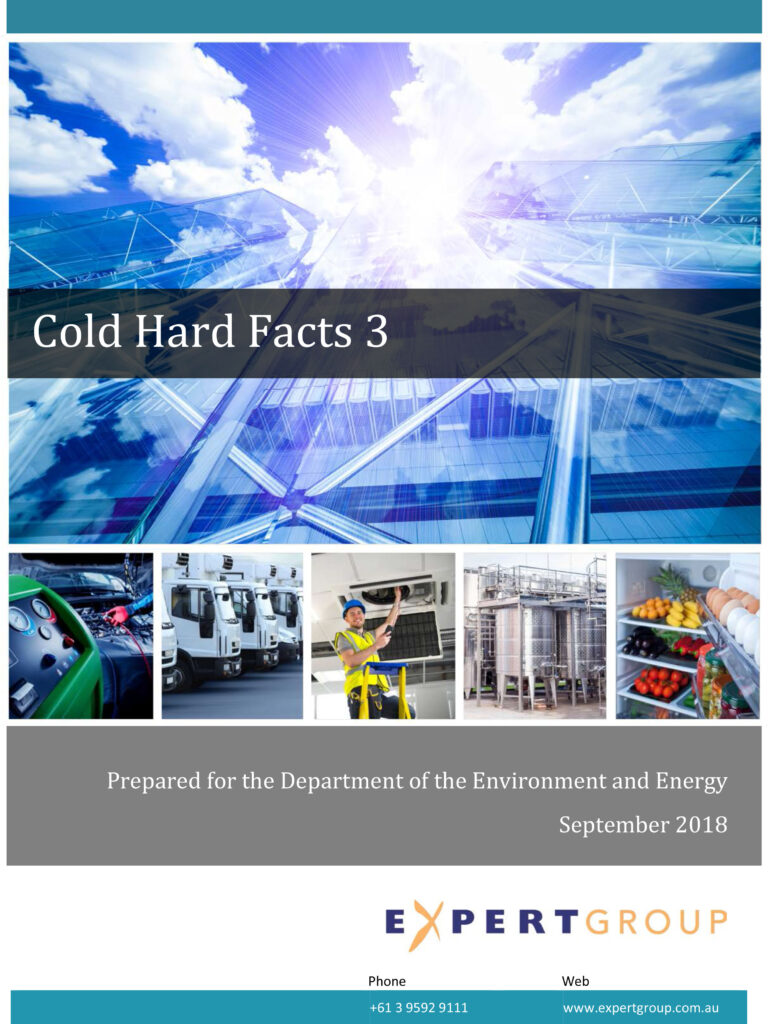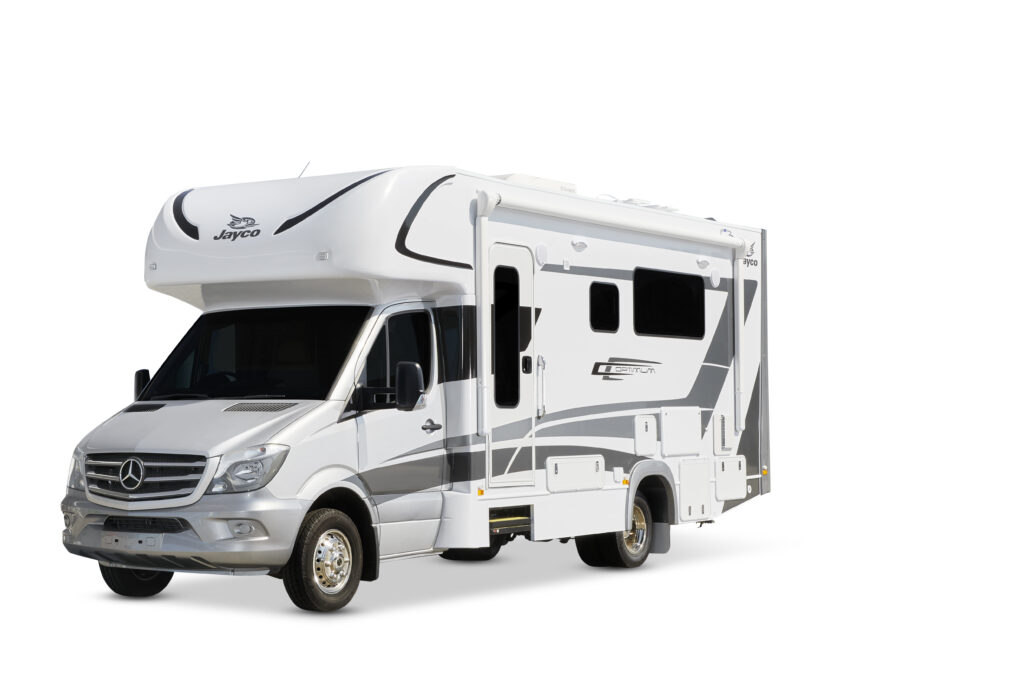Slow YF uptake increase since end of Aussie car-making
- PostedPublished 1 December 2018
The end of Australian car production by Ford, Holden and Toyota has not resulted in greater uptake of R1234yf refrigerant, according to the latest Cold Hard Facts report commissioned by the Department of the Environment and Energy.
Cold Hard Facts (CHF) is a detailed examination of the Australian refrigeration and air-conditioning (RAC) industry, with the first edition published in 2007 and the second in 2013. This year, the third iteration was released.
“Vehicle manufacturing in Australia ceased in 2017 without any move to different refrigerant types,” is the stark message delivered in the automotive section of CHF3.

The Holden ZB Commodore is a prime example. Despite being manufactured in Germany, primarily for the European market that mandates low-GWP refrigerants, and Australia representing a tiny proportion of export volume for this model, General Motors saw fit to use R134a for Holden-badged versions of the Opel/Vauxhall Insignia.
It is a clear case of car manufacturers getting away with using cheaper, more polluting R134a where they can and makes a mockery of Australia’s HFC phasedown that commenced this year.
During the 2016 future:gas refrigerant seminar roadshow, employees of a big European car manufacturer unwittingly revealed to SightGlass News that the import order forms for new models include a refrigerant selection, and that they will keep ticking the R134a box for as long as they are allowed to.
From looking under the bonnets of this company’s latest models, there is no evidence that the situation has changed.
CHF3 makes assumptions that Australian YF uptake will increase when Japan mandates a maximum GWP of 150 for refrigerants used in new passenger cars from the beginning of 2023.

But given the fact cars are still arriving from Europe charged with R134a long after the European Union banned high-GWP refrigerants, this assumption is likely to prove incorrect unless the Australian government bans imports of equipment charged with R134a and other high-GWP products.
The end of Australian car manufacturing could have presented an opportunity to increase the adoption of low-GWP refrigerants such as YF. After all, CHF3 states: “The effect of the end of all significant vehicle manufacturing in 2017 means that since the year 2000 more than 300 tonnes of annual bulk HFC demand has been removed from the Australian economy.”
Imagine if all 300 tonnes had been replaced by low-GWP YF and R744 (CO2).
However, it is not all doom and gloom. CHF3 states that “at least one vehicle distributor [is] securing the specialised HFO servicing equipment and a supply of refrigerant for every one of its Australia wide service centres”.
CHF3 also predicts that 41 per cent of the 23.7 million vehicles fitted with air-conditioning that are expected to be on Australian roads by 2030 will be charged with a refrigerant of GWP 10 or less, with almost all of these using YF.
Hydrocarbon estimate reduced
In 2012, CHF2 estimated that 8 per cent of the Australian passenger and light commercial vehicle fleet was charged with some form of hydrocarbon refrigerant, but this has been retrospectively revised to 3.8 per cent, while the figure for 2016 is set at 4.2 per cent.
This is because the annual refrigerant surveys performed jointly by Refrigerant Reclaim Australia and VASA have contributed to “greater insight into the supply lines for hydrocarbons”.

The CHF3 authors also took into account “the books of one of the largest aftermarket suppliers of hydrocarbon services in Australia”.
Doing so “has led to a better understanding of the volumes of hydrocarbons being traded in this market, and the number of retrofits being completed”.
RV boom = more refrigerant
Since the previous two CHF reports, caravan and recreational vehicle manufacturing in Australia has boomed to become a $1.8 billion industry.
As a result, a new category has been added to the mobile air-conditioning (MAC) class in the RAC Stock model used to calculate Australia’s refrigerant bank.

More than two-thirds of new caravan and campervan registrations are for vehicles manufactured in Australia.
CHF3 states: “The RAC Stock model assumes that 100 per cent of RVs and two thirds of caravans have air-conditioning, equating to a fleet of some 452,000 RVs and caravans with an average charge of 750 grams.”
By analysing imports of pre-charged, sealed RV air-con units, CHF3 determines that around 90 per cent are charged with R407C and most of the remainder R410a.
- CategoriesIn SightGlass
- TagsCold Hard Facts, HFC phase down, HFC phasedown, HFCs, HFO, R1234yf, refrigerant, SightGlass News Issue 15, YF


